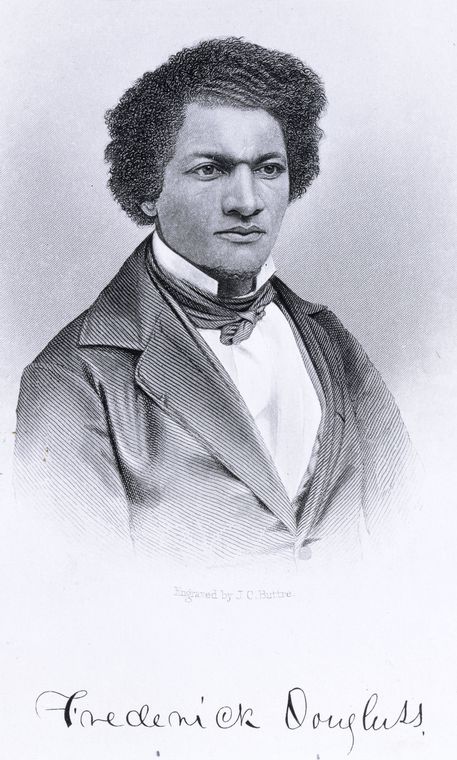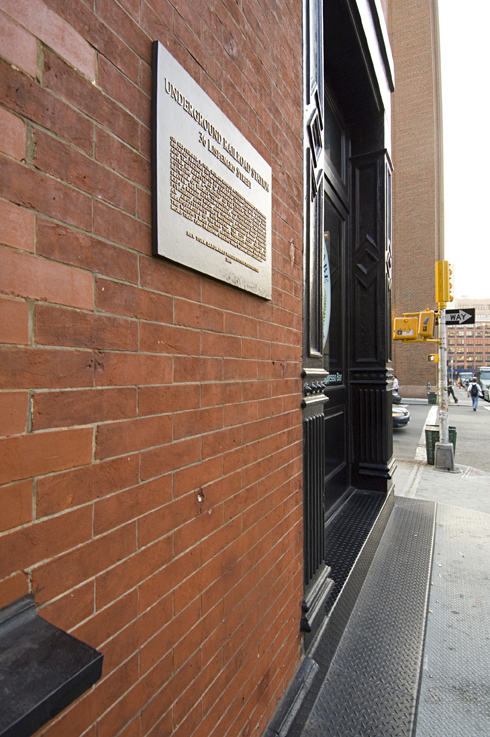Dressed as a sailor, Frederick Bailey stepped ashore a free man, but he was not safe until the great abolitionist David Ruggles took him into his home. In 1838, New York was crawling with slave catchers. Within days, Frederick sent for his fiancée, married, and moved to a safer city. Then he changed his name to Frederick Douglass.
Frederick Douglass was not only self-emancipated, he was self-educated too. As a boy, he started learning the alphabet on his own, which horrified his master. Reading and writing would make the boy unfit to be a slave. Thus, young Frederick grasped the importance of learning to read, and he began trading bread with poor white kids for lessons. He saved money to buy a book about freedom and liberty. He read secretly and learned how to write and speak well—very well. When William Lloyd Garrison heard Douglass speak, he asked him to lecture for the Anti-Slavery Society. And so began a new career for Douglass that would last a lifetime.
Douglass spoke against slavery, for women’s rights, and for justice. He lectured across the country and in Europe. He spoke with presidents and world leaders. He was called one of the greatest speakers of the century. In addition, Douglass wrote books, articles, and essays that are still read today. And in 1847 he began publishing his own newspaper—The North Star—which broadcast his message to thousands of readers. He served as United States Marshal and Recorder of Deeds for the U.S. government and as Minister-General to the Republic of Haiti. Douglass continued lecturing and writing up until his death in 1895.

